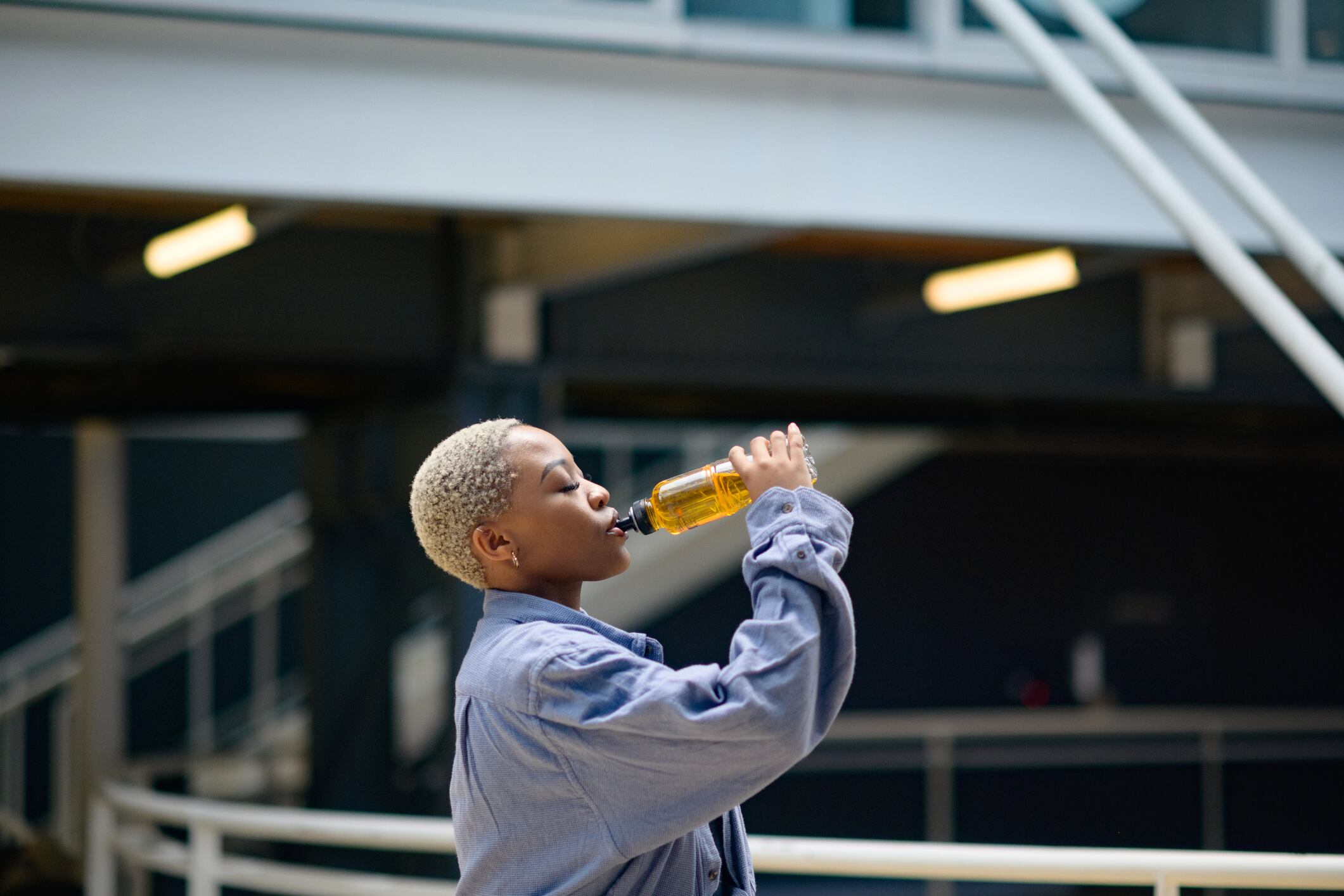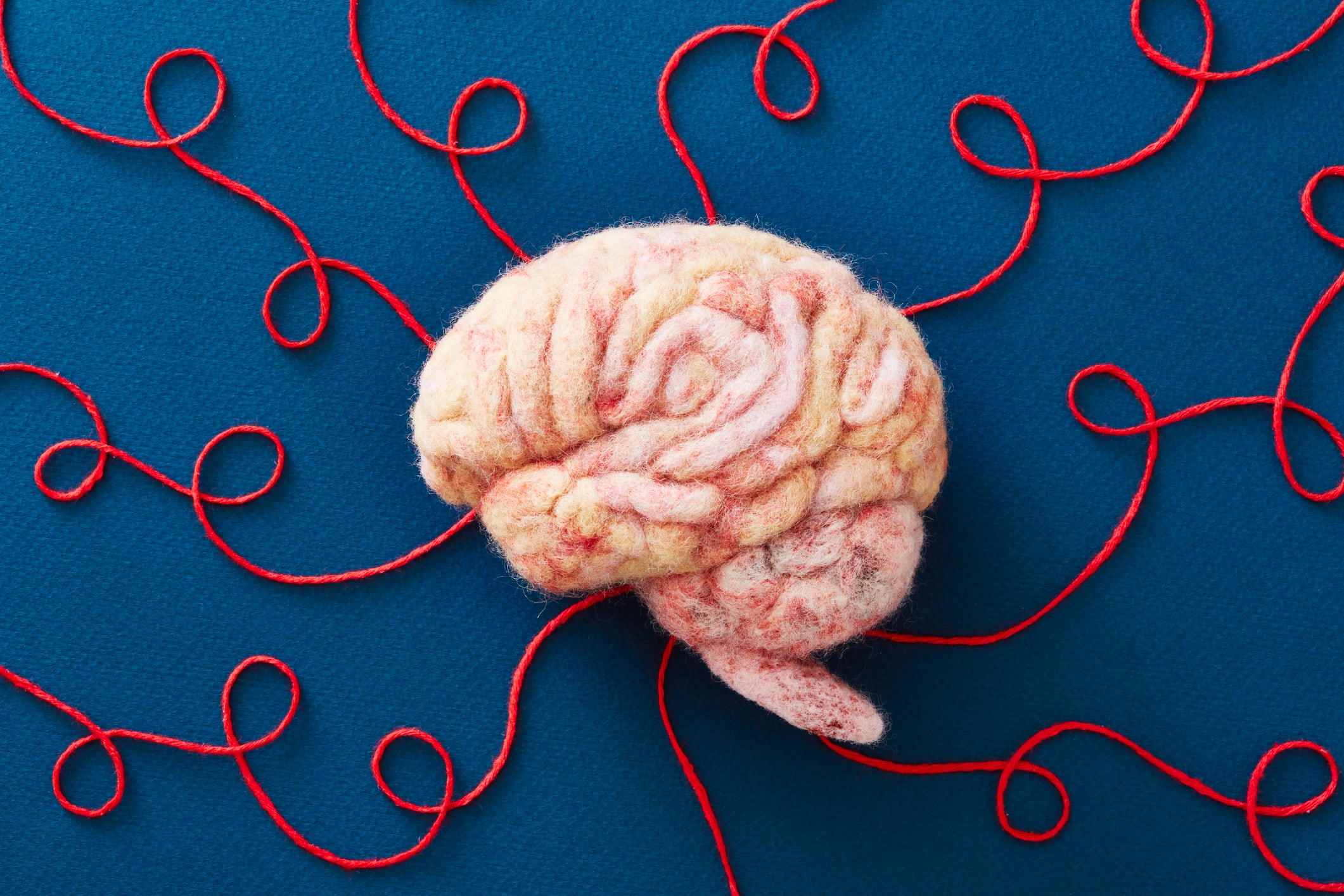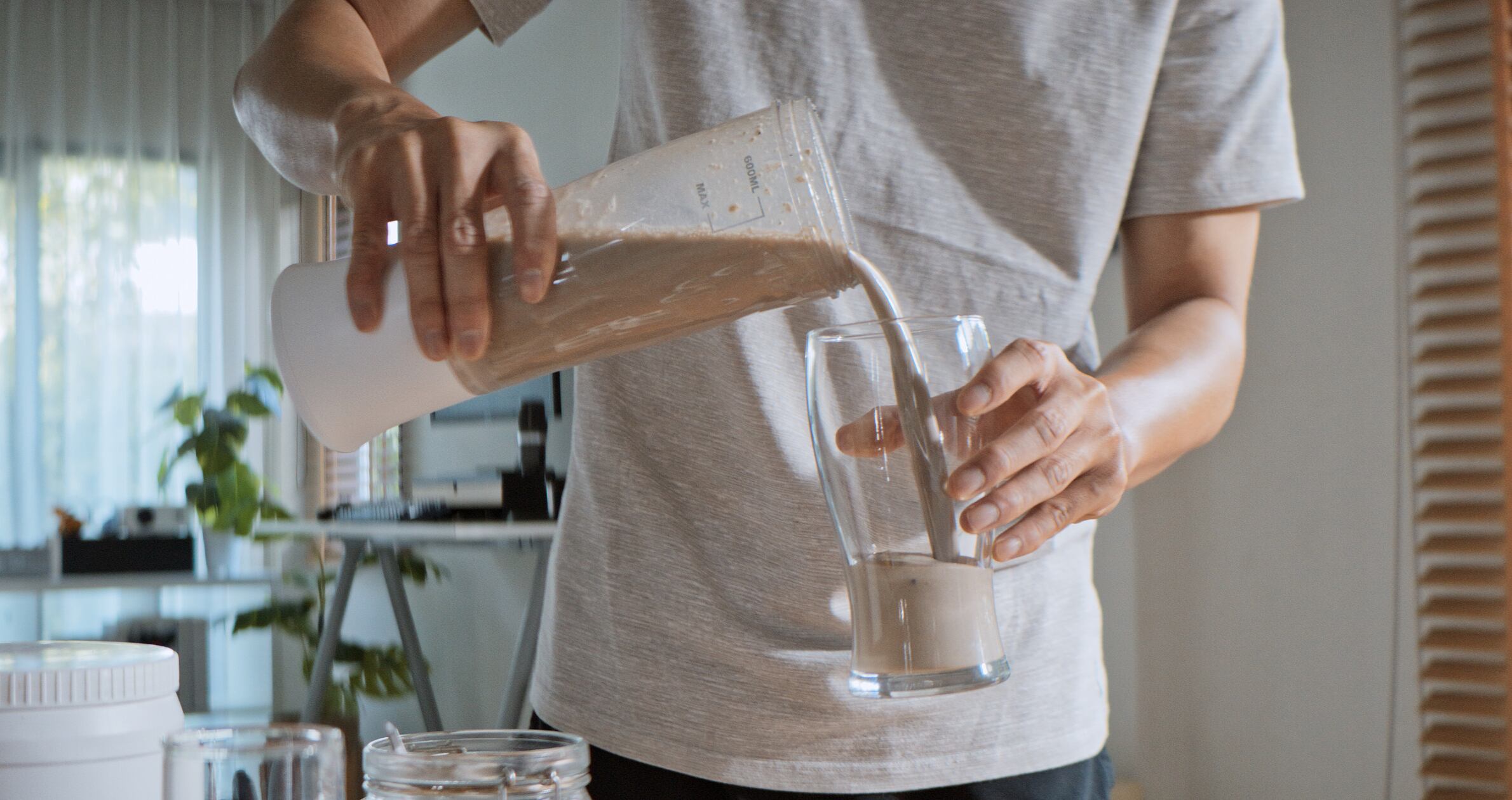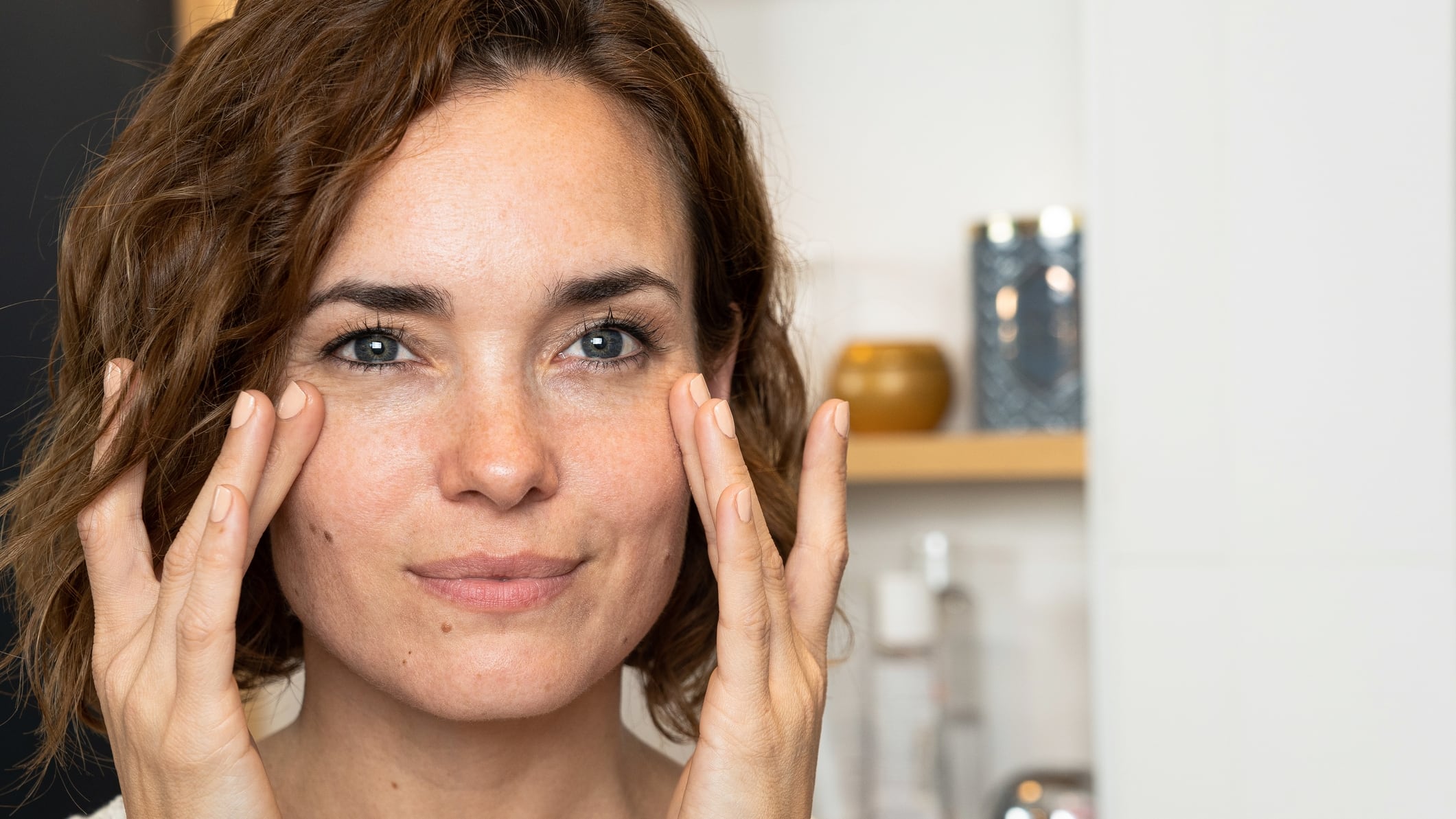Market insights firm Nutrition Integrated uncovered the top 10 trends set to shape the active nutrition industry in 2026 during its ‘Active Nutrition Trends Done Differently’ webinar broadcast on Oct. 22.
Managing director Nick Morgan revealed noteworthy market developments including the repositioning familiar active nutrition ingredients, building memorable experiences into supplement routines, cost-effective complete nutrition solutions, longevity through purpose, and ‘rescue remedy’ products for relief rather than optimization.
‘Rescue remedies’
Morgan explained that ‘rescue remedy’ type products have emerged as a trend as brands are recognizing that consumers need products to help them manage the real, messy parts of daily life, rather than pursue unattainable perfection.
“We’re seeing more brands wake up to the idea of saying we are here to help you rescue this moment because, honestly, life is not perfect,” he said.
This trend, Morgan continued, reflects a shift from purely proactive wellness toward practical, empathetic solutions that offer relief, balance, and reliability in moments of stress, exhaustion, or overindulgence.
“We, as an industry, usually focus on proactive nutrition — and I’m a big believer in that,” Morgan said. “But we do paint this picture of everyone constantly optimizing and maximizing. And it almost creates a missing link where we forget that at the heart of all of this is the fact that most people are trying to solve a challenge or rectify a problem.”
What is driving the trend?
Morgan said data indicate that 21% of the EU population experience mild to moderate depressive symptoms, with many people across Europe struggling with low mood and poor mental well-being.
However, many people don’t think in terms of ‘mild depression’ or ‘hormonal imbalance’— they just know they’re tired, stressed, or not feeling themselves, he said. Rescue remedy products therefore, are able to meet people where they are, offering accessible, quick-support options that fit real-life needs.
“We’re seeing more people refer to relief — giving them the confidence that they can help,” he said. “ In fact, much of what we do revolves around rescue remedies. We often face this dilemma: is our focus on being proactive or reactive? Or are we really seeing a lot of proactive consumers responding to the challenges they’re facing?”
Emerging rescue remedy brands
As an example of emerging products, Morgan referenced We Are Regular, a brand that offers products aimed at relieving constipation and bloating. Its approach focuses on relatable communication and emphasizes quick relief and recovery.
The product contains peppermint extract for reduced digestive discomfort and to support digestive tract function, ginger extract to support healthy digestion, magnesium for the reduction of tiredness and fatigue, and vitamin C for immune system support.
Morgan noted the product simply aims to ease digestive discomfort: “It’s not saying, ’Oh, we can help you have perfect gut health — you’ll feel brighter, better, and live longer.’"
Another product in the space is AWKN (read Awaken), created by two sisters who drew on their own experiences with hangovers and busy social lives.
Their blend of ingredients, including Korean ginseng, Korean curcumin, Korean pear, milk thistle, reishi and probiotics, seek to combat fatigue, support liver function, and relieve digestive discomfort.
“They wanted a product that helps people enjoy nights out while staying productive the next day,” said Morgan. “It’s positioned as a kind of ‘rescue remedy’ for those balancing social and work commitments.”
Bang for buck
Morgan noted that the range of supplements on offer to consumers is vast but there is a limit to how many a person can consume and how much they are willing to spend.
With that comes the ‘bang for buck’ trend, as consumers seek simplicity, driving brands to create all-in-one solutions.
He said: “Brands must offer more complete solutions if they’re to become the go-to product when consumers ask themselves: if I only take one supplement today, what will it be?”
He gave examples, such as ‘mashups’ where brands combine today’s biggest trends and ingredients into single products.
“Electrolytes are trending, collagen continues to rise, creatine is experiencing a full renaissance, and magnesium glycinate is top of mind (pardon the pun),” he said. “Instead of focusing on just one, brands are now blending these powerhouse ingredients to create multifunctional, on-trend formulations that appeal to consumers looking for more from every product.”
Another tactic is to spotlight a single hero ingredient, he said, referring to Armra, a bovine colostrum concentrate that claims 1,000 health benefits.
“It shows that it doesn’t always have to be multiple ingredients combined - a single ingredient can deliver multiple benefits,” he said. “You could say the same about creatine.”
The last frontier of identity politics
Morgan noted that next year will see ‘the last frontier of identity politics’ - the continued evolution of what longevity means to consumers. He explained that what was once a wealthy biohacker’s pursuit of immortality is becoming a mainstream lifestyle movement centered on vitality, community, and living fully in the present rather than fearing age.
“The key distinction here is that some people see longevity through the lens of living forever, while others see it as living fully in the present,” he said. “That’s important, this isn’t just about biohacking. It’s about people interested in longevity who also want to live better, right now.”
Morgan said that people who live in ‘Blue Zones’, where many live past 100, stay healthy and live long not because of high-tech medicine or pricey supplements, but because they enjoy life, stay connected with others, and live with purpose.
He noted that some brands are already putting this ethos into practice, like the longevity-focused bar from Novos, featuring 15 g of protein, various vitamins and minerals, and superfoods, all “backed by lifespan research”.
“Happiness and active ways of life are showing what real longevity looks like, and so while consumers still care about anti-aging products, the idea of longevity now includes living well every day, not just slowing aging,” Morgan said.





